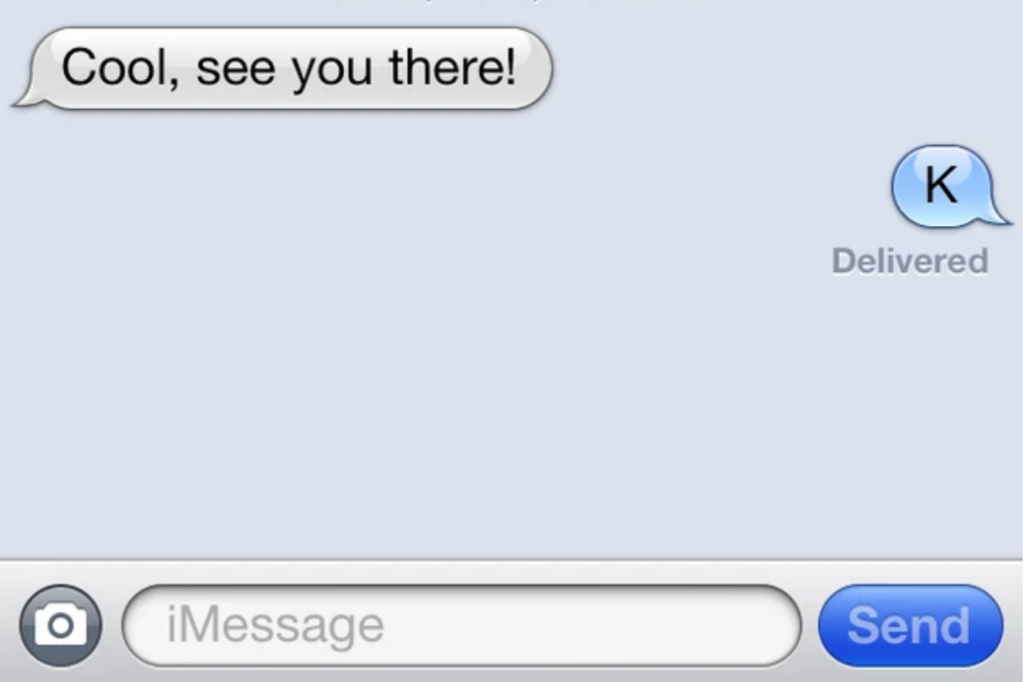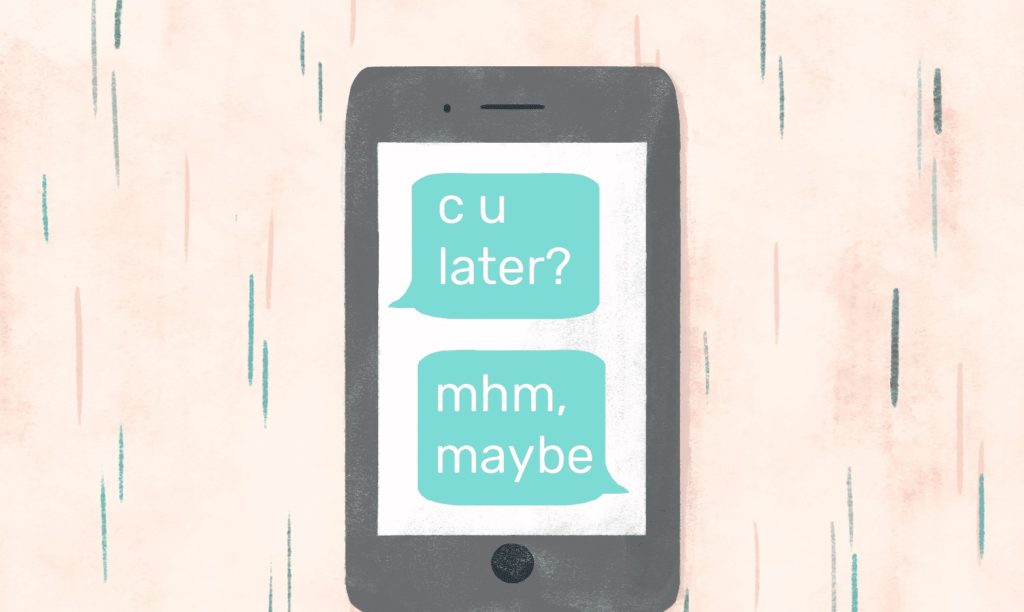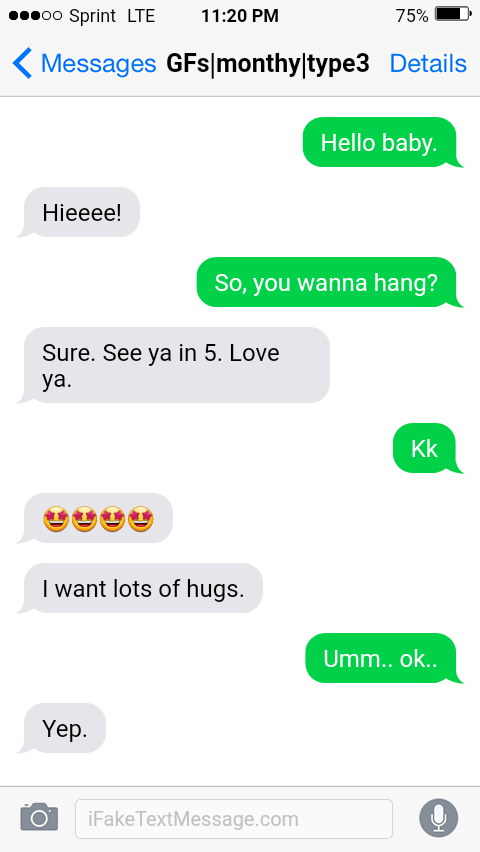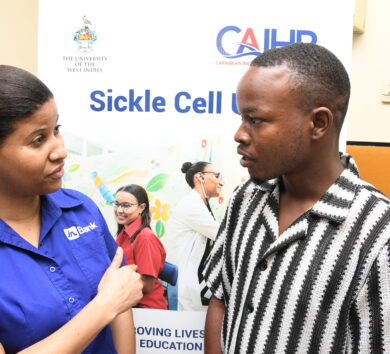

Texting has become such an ingrained part of our day-to-day lives that we text people we see everyday and people we have not seen in months or years.
The practice helps us to stay in touch with one another not matter where we are in the world and has in fact become another language that can be used to express a range of emotions such as excitement, anger, etc.

But though we express emotions through texts, can the other party/parties identify how we are truly feeling? Since we can’t see facial expressions or hear the tone in which one speaks, messages can be very easy to misinterpret.
Excitement and anger are emotions that are easily recognisable through text, but something such as passive-aggression… not so much.
Don’t know how to recognise a passive-aggressive tone via text? That’s okay, this article will teach you what you need to know.
K

The letter ‘K’, this is a universal passive-aggressive indicator for young people, especially. When the letter ‘K’ is used, chances are the individual is not okay. ‘K’ is used to express anger or let the person know that they are not pleased with whatever is happening. If someone says ‘K’ to you, do the opposite of what you said you would. Told your girlfriend you’re going out with the boys and she says ‘K’, don’t go out with the boys. ‘K’ becomes extremely passive aggressive when combined with a period. If this happens, it is safe to assume the person is extremely angry.
OK

The meaning ‘Ok’ conveys is similar to that of ‘K’. If ‘Okay’ is used, that’s fine, but if ‘OK’ is typed instead, that means it is not okay.
Mhmmm

If you see this, especially from a female, she is angry or displeased with whatever the situation is and she wants you to know. If you constantly see ‘Mhmmm’, you had best believe the person is expecting you to recognise exactly how they feel. This is also an indicator that the other party no longer wishes to speak to you for the time being.
Ha

‘Ha’ is used when a party says something that is supposed to be funny but actually isn’t to the other person. So the individual sees that you are trying to be funny, however, in their minds, you have failed. ‘Ha’ can be translated to a ‘yeaaaa, whatever’.
Yup/Yep

‘Yup’ or ‘Yep’ definitely means no, for sure. They indicate that the person is in fact not happy and not in agreement with whatever was said especially if coupled with a period.
Sure

The word ‘sure’, especially if accompanied by a period means ‘NO’or that the other party is not pleased with whatever you said.
Period

The use of a period usually means the individual is upset but is letting you know that in a formal way. This is the equivalent to calling your partner by their first name when you are upset.
Leaving you on Read

Some messaging apps have the feature that can show you whether or not the other party has read your message. If you and someone had an argument and they leave you on read this could mean they no longer wish to continue the conversation or they want you to try harder. Especially if your partner does this to you in the aftermath of an argument, they want to see how far you are willing to go to communicate.
EMOJIS
Thumbs up

Thumbs up is usually a thumbs down in the mind of the texter. This could indicate anger, sarcasm, annoyance or the desire to end the conversation.
Okay Sign

The okay sign usually means it is not okay. In fact, the person is angry but does not feel the need to say exactly that or is too immature to put into words how they feel.
Upside down smiley face

This is the embodiment of passive-aggression. This is emoji is used when you get someone upset, inconvenience them or if they are under the impression that you are taking them for a ‘clown’ (fool/idiot).
The code of conduct for texting is constantly changing, making it very important for us to keep up with the times. You might be amazed at the at the hidden meanings in these everyday texts that we’ve shown you so far, but you might be even more amazed by what’s to come. Look out for Part 2 of this feature, coming soon!







Comments